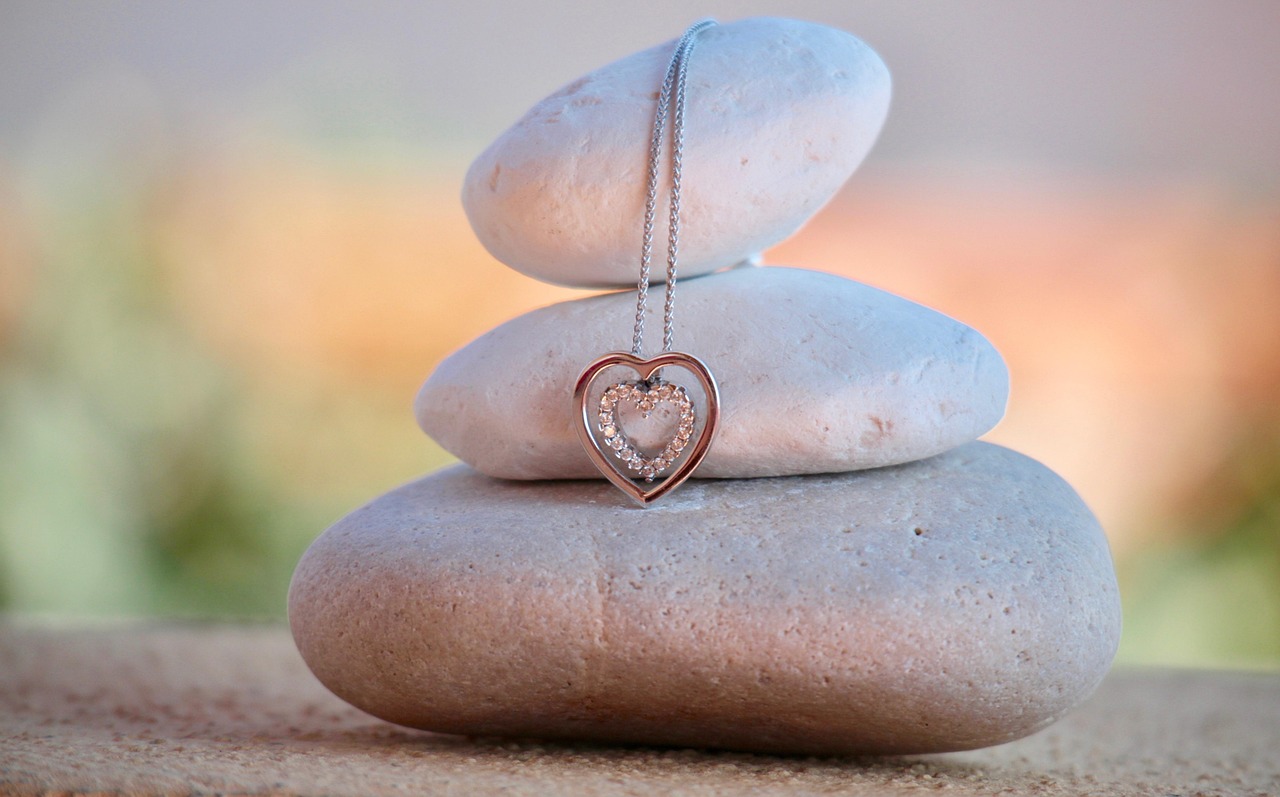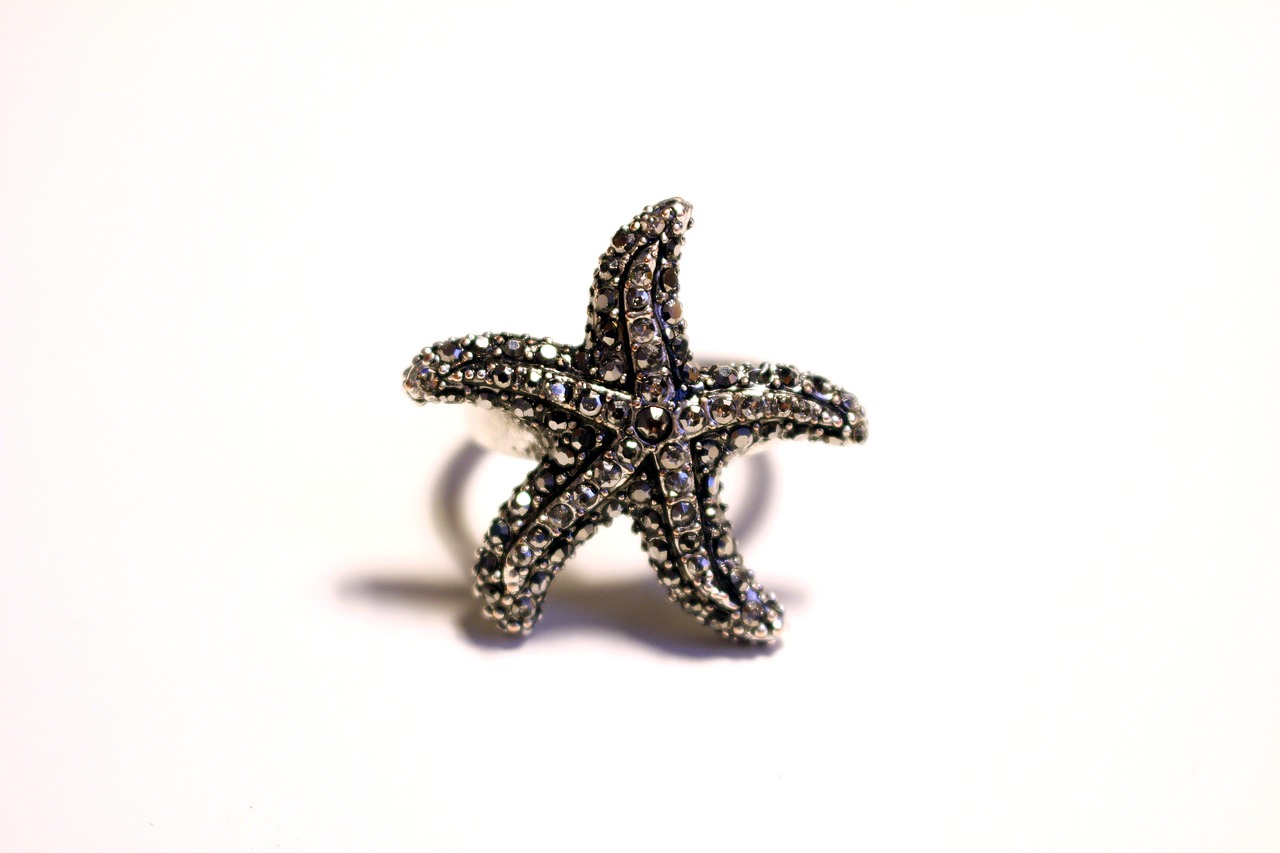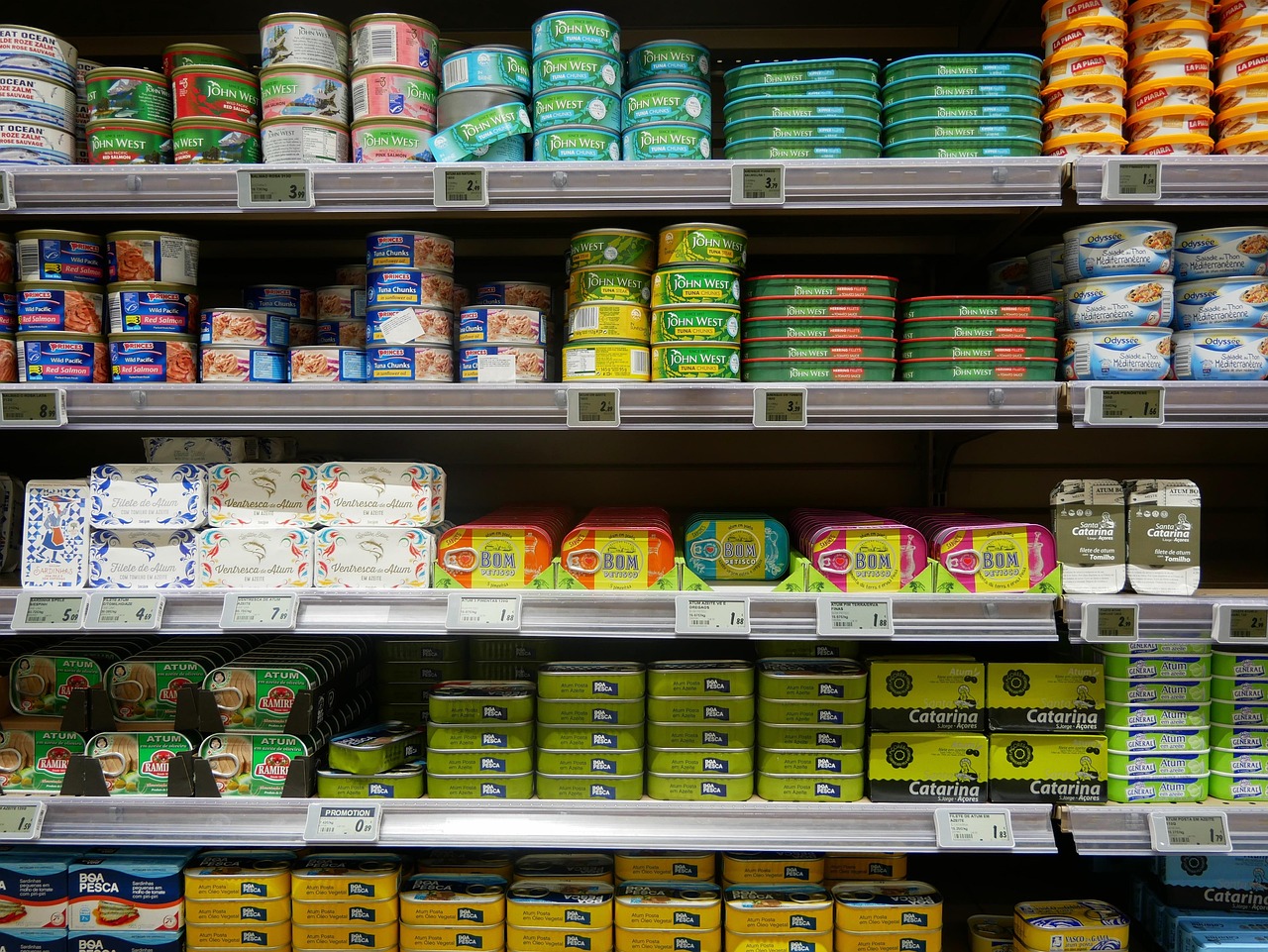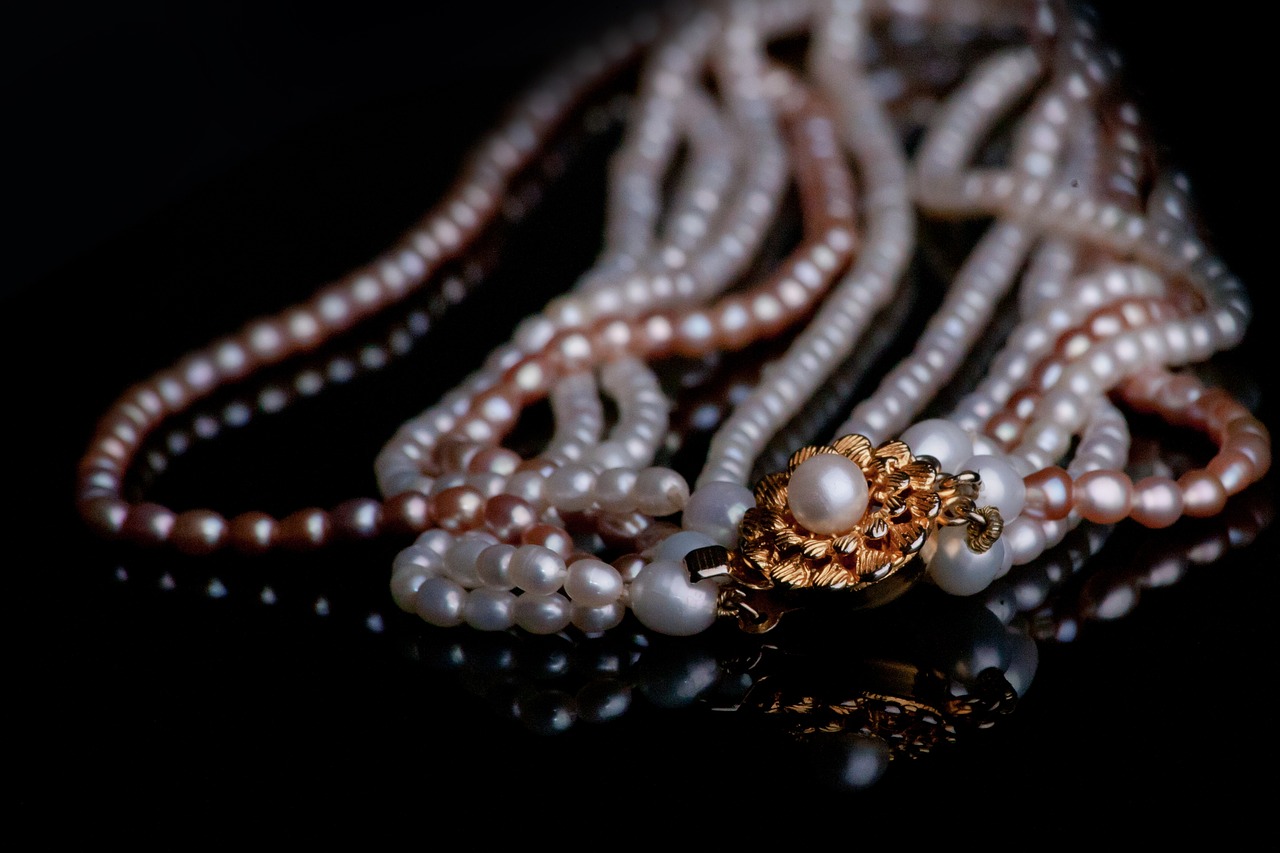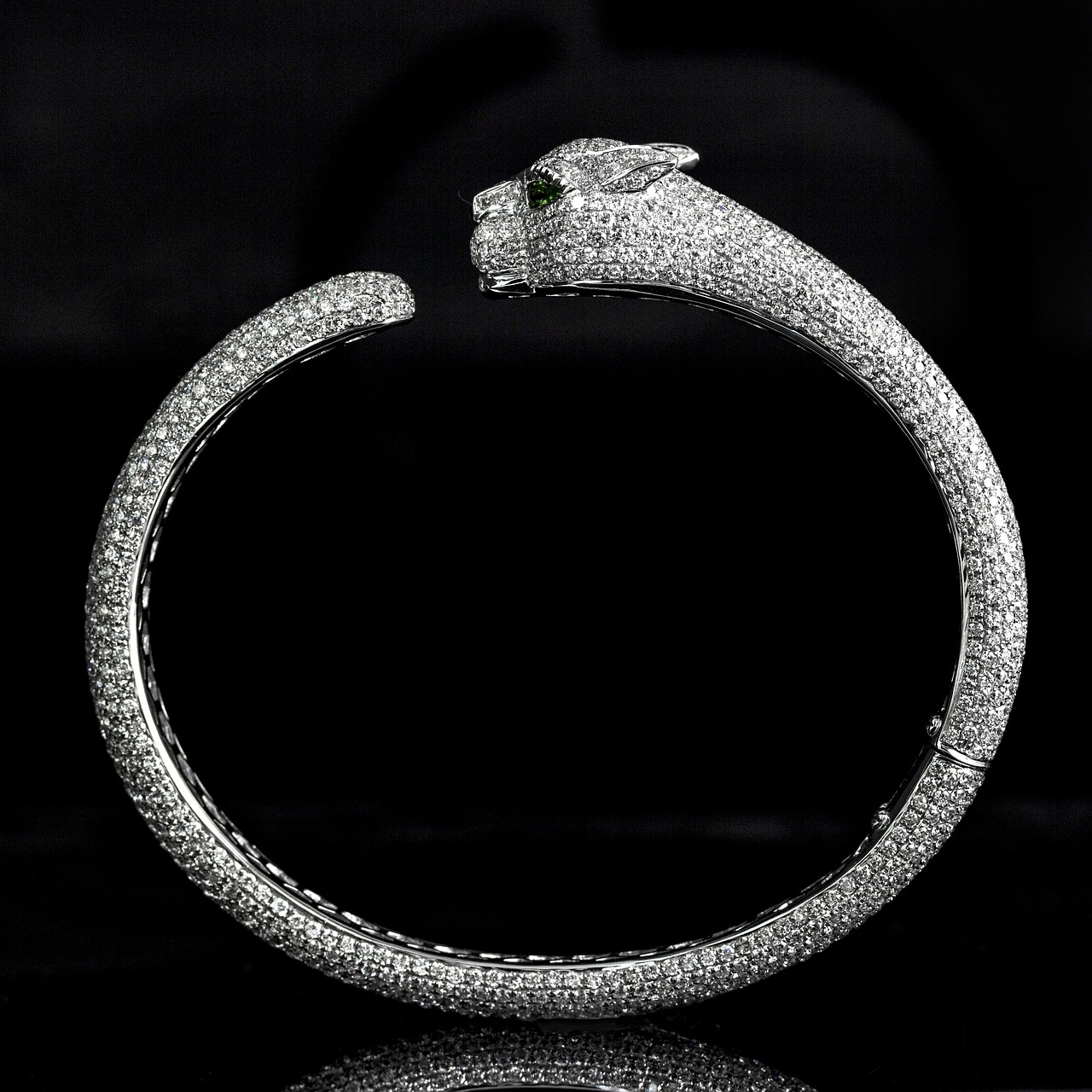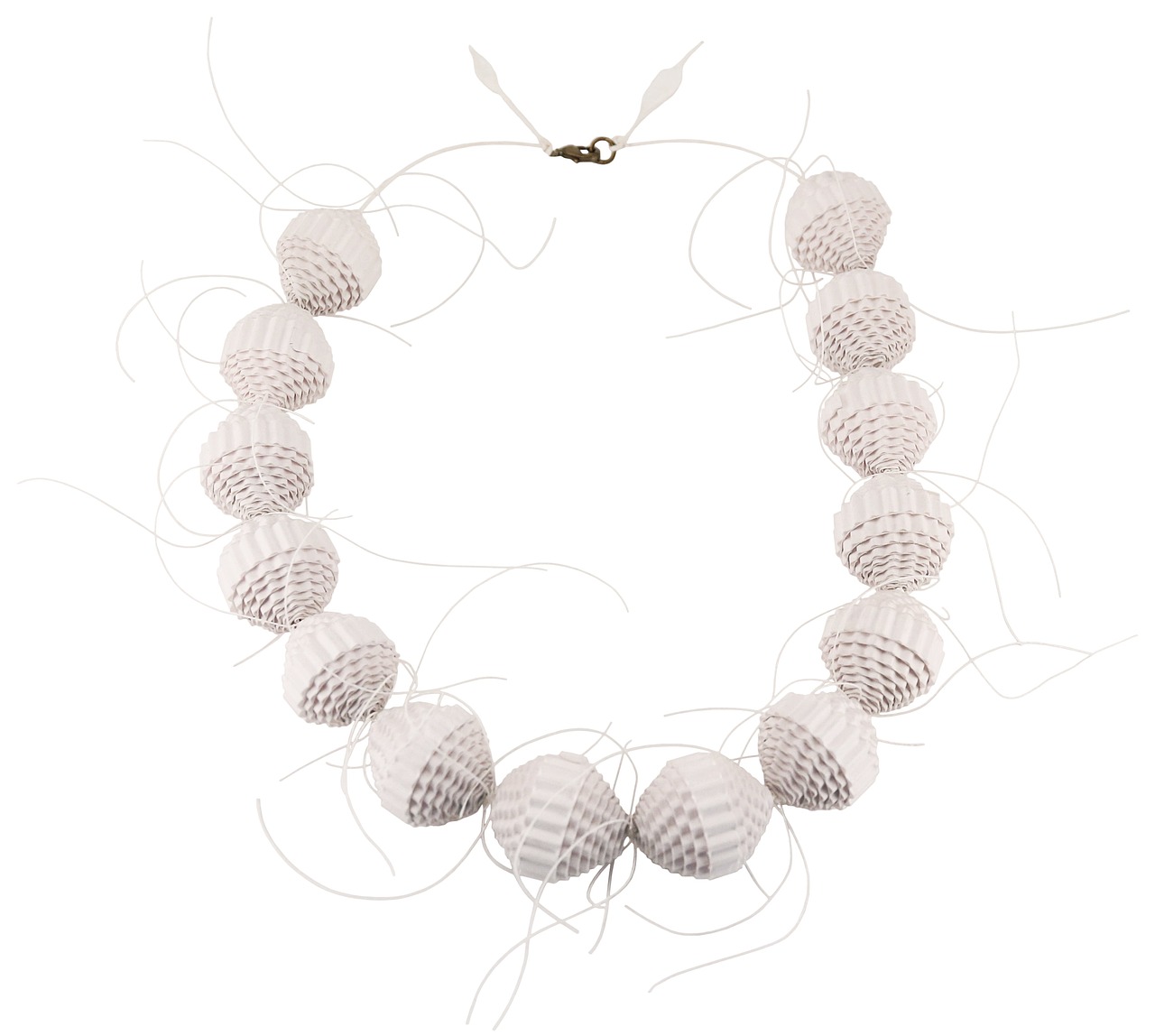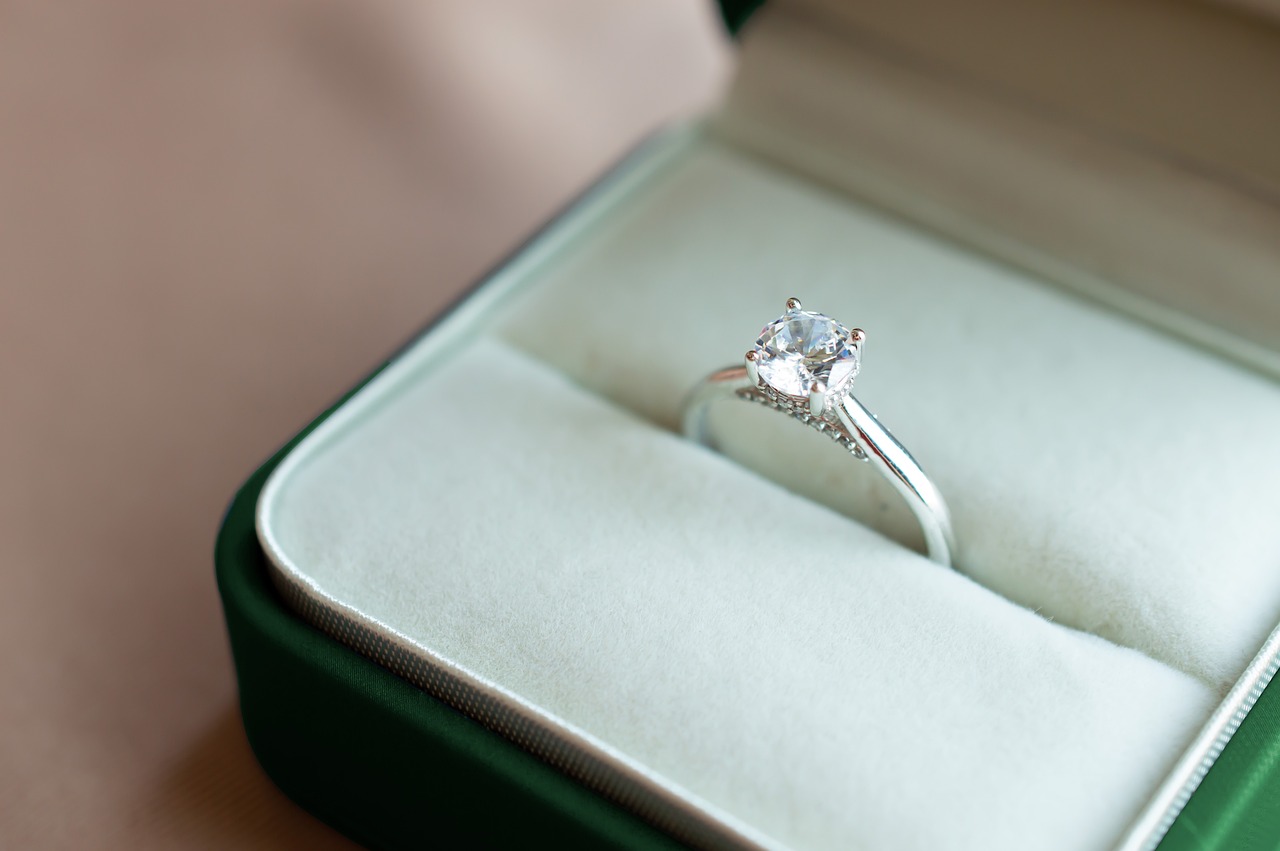This article explores the rising popularity of recycled gold and silver jewelry, highlighting its environmental benefits, ethical considerations, and how it aligns with sustainable fashion trends.
What is Recycled Gold and Silver Jewelry?
Recycled gold and silver jewelry is crafted from reclaimed metals, which means that these materials are sourced from existing jewelry, electronics, and other products rather than mined from the earth. This process not only conserves valuable resources but also significantly reduces the environmental impact associated with traditional mining practices.
Why Choose Recycled Metals for Jewelry?
Opting for recycled metals supports sustainable practices. By choosing recycled jewelry, consumers contribute to a circular economy that minimizes waste and conserves natural resources. Furthermore, it promotes ethical practices in the jewelry industry, making it a responsible choice for the environmentally conscious.
How is Recycled Jewelry Made?
The creation of recycled jewelry involves several key steps:
- Collection: Scrap metals are gathered from various sources.
- Refining: The metals undergo a refining process to ensure purity.
- Design: Artisans craft the refined metals into beautiful new pieces.
This method guarantees high-quality jewelry while minimizing ecological footprints.
What Are the Environmental Benefits?
Recycled jewelry significantly lowers carbon emissions and energy consumption compared to traditional mined metals. The mining process is not only energy-intensive but also leads to habitat destruction and pollution. By choosing recycled options, consumers can make a substantial impact on the environment.
Is Recycled Jewelry as Valuable as Mined Metals?
Many consumers question whether recycled jewelry holds the same value as traditionally mined pieces. The answer is yes; in most cases, recycled gold and silver maintain comparable quality and value, making them a smart investment for those looking to purchase jewelry.
Who Are the Leading Brands in Recycled Jewelry?
Several brands are at the forefront of the recycled jewelry movement, offering stylish and sustainable options. Some notable names include:
- Brilliant Earth: Known for ethically sourced materials.
- Mejuri: Offers a range of chic recycled pieces.
- Catbird: Specializes in handcrafted jewelry using recycled metals.
These brands provide consumers with responsible choices that align with their values.
How to Care for Recycled Jewelry?
Caring for recycled jewelry is essential for maintaining its beauty and longevity. Here are some tips:
- Cleaning: Use a soft cloth to gently clean your jewelry.
- Storage: Store pieces separately to avoid scratches.
- Avoid: Exposure to harsh chemicals or abrasive materials.
Proper care will help preserve the quality of these eco-friendly pieces.
What Styles Are Popular in Recycled Jewelry?
Recycled jewelry comes in a wide array of styles, from minimalist designs to intricate artisan pieces. Current trends include:
- Stackable rings: Perfect for personal expression.
- Statement necklaces: Bold and eye-catching.
- Personalized pieces: Customizable options for unique flair.
This diversity allows consumers to find jewelry that reflects their personal style while being environmentally responsible.
How to Spot Authentic Recycled Jewelry?
Identifying genuine recycled jewelry can be challenging. Look for:
- Certifications: Ensure the brand provides proof of recycled materials.
- Brand Transparency: Reputable brands will openly share their sourcing practices.
- Detailed Descriptions: Authentic pieces should have clear information about their materials.
What is the Future of Recycled Jewelry?
The future of recycled jewelry appears promising as demand for sustainable products continues to rise. Innovations in recycling processes and design are expected to shape this green fashion trend, making it an exciting area for both consumers and designers alike.

What is Recycled Gold and Silver Jewelry?
Recycled gold and silver jewelry represents a significant shift in the jewelry industry, where sustainability meets style. As consumers become increasingly aware of the environmental impact of their purchases, the demand for eco-friendly options rises. This jewelry is crafted from reclaimed metals, which are sourced from various sources such as old jewelry, electronics, and industrial scraps. By utilizing these materials, the need for new mining is greatly reduced, leading to substantial conservation of natural resources.
The importance of recycled jewelry extends beyond just aesthetics. When new metals are mined, it often results in extensive environmental degradation, including habitat destruction and significant carbon emissions. In contrast, the process of recycling metals is far less energy-intensive and produces lower carbon footprints. This transition to using recycled materials not only conserves resources but also promotes a more sustainable approach to fashion.
The journey of recycled jewelry begins with the collection of scrap metals. These metals are then refined through a process that removes impurities, ensuring that the final product is of high quality. Once refined, skilled artisans create stunning jewelry pieces that are both beautiful and environmentally friendly. This method not only results in unique designs but also minimizes waste, making it a responsible choice for consumers.
- Reduction in Mining Waste: Mining for gold and silver generates a considerable amount of waste and pollution. Recycled jewelry helps to mitigate this issue.
- Lower Energy Consumption: The energy required to recycle metals is significantly less than that needed for mining, leading to a reduction in overall energy use.
- Conservation of Natural Resources: By using reclaimed materials, we preserve the earth’s natural resources for future generations.
Many consumers often question whether recycled jewelry holds the same value as newly mined pieces. The answer is a resounding yes. Recycled gold and silver are typically refined to the same standards as newly mined metals, ensuring that they possess comparable quality and durability. This makes them a smart investment for those looking to purchase jewelry that is both stylish and sustainable.
Several brands are at the forefront of the recycled jewelry movement, creating beautiful pieces while adhering to ethical practices. Brands like Brilliant Earth and Catbird have gained recognition for their commitment to sustainability. They offer a range of options that cater to various styles and preferences, allowing consumers to make choices that align with their values.
Caring for your recycled jewelry is essential to maintaining its beauty and longevity. Here are some tips:
- Regular Cleaning: Use a soft cloth to gently wipe your jewelry after wearing to remove oils and dirt.
- Proper Storage: Store your pieces in a cool, dry place, preferably in a soft pouch or a jewelry box to prevent scratching.
- Avoid Harsh Chemicals: Keep your jewelry away from harsh cleaning products and chemicals that can damage the metals.
Recycled jewelry is available in a wide array of styles, from minimalist designs to elaborate artisan pieces. Current trends include:
- Minimalist Designs: Simple and elegant pieces that can be worn every day.
- Statement Jewelry: Bold designs that make a unique fashion statement.
- Personalized Items: Custom pieces that reflect individual style and preferences.
To ensure that you are purchasing authentic recycled jewelry, look for:
- Certifications: Check for certifications that confirm the use of recycled materials.
- Brand Transparency: Choose brands that openly share their sourcing practices.
- Detailed Descriptions: Read product descriptions carefully for information on the materials used.

Why Choose Recycled Metals for Jewelry?
In today’s world, where environmental consciousness is at the forefront of consumer decisions, the choice of materials in jewelry has gained significant importance. Recycled metals, such as gold and silver, have emerged as a popular alternative for those looking to make a positive impact through their purchases. This section delves into the compelling reasons why choosing recycled metals for jewelry is not just a trend, but a vital step towards sustainability.
One of the most significant reasons to opt for recycled metals is the reduction of waste. Traditional mining processes contribute heavily to environmental degradation, including deforestation, soil erosion, and habitat destruction. By choosing jewelry made from recycled materials, consumers actively participate in reducing the demand for newly mined metals, thereby conserving precious natural resources.
Natural resources are finite, and the extraction of metals through mining consumes vast amounts of energy and water. In contrast, recycled metals require significantly less energy to process. For instance, recycling gold can save up to 90% of the energy required to mine new gold. This conservation not only helps in preserving the environment but also decreases the overall carbon footprint associated with jewelry production.
The concept of a circular economy emphasizes the importance of reusing and recycling materials to create a sustainable system. By choosing recycled jewelry, consumers are contributing to this model, where materials are kept in use for as long as possible. This shift not only reduces waste but also fosters innovation in design and manufacturing processes, leading to more sustainable practices across the industry.
Many consumers today are increasingly aware of the ethical implications of their purchases. The mining of metals is often associated with human rights violations, including labor exploitation and unsafe working conditions. By choosing recycled metals, consumers can ensure that their jewelry is sourced in a manner that aligns with their values, promoting fairness and sustainability.
Another common misconception is that recycled jewelry lacks the quality or value of traditionally mined pieces. In reality, recycled gold and silver undergo rigorous refining processes to ensure they meet high standards. This means that recycled jewelry can be just as valuable and durable as its mined counterparts, making it a wise investment for consumers.
By choosing recycled jewelry, consumers can support brands that prioritize sustainability and ethical practices. Many leading jewelry brands are now committed to sourcing recycled metals, providing consumers with a range of stylish options that do not compromise on quality or aesthetics. This not only helps in making informed purchasing decisions but also encourages more brands to adopt sustainable practices.
In summary, the choice to select recycled metals for jewelry is a powerful statement about sustainability, ethics, and responsible consumerism. By understanding the profound impact of this choice, consumers can contribute to a healthier planet while enjoying beautiful and unique jewelry pieces.

How is Recycled Jewelry Made?
The process of creating recycled jewelry is both an art and a science, combining creativity with sustainability. As more consumers seek eco-friendly options, understanding how recycled jewelry is made can enhance appreciation for these beautiful pieces and their positive impact on the environment.
The journey of recycled jewelry begins with the collection of scrap metals. This can include old jewelry, electronic waste, and industrial metals that would otherwise end up in landfills. By sourcing these materials, jewelers can significantly reduce the need for new mining, which is often associated with environmental degradation.
Once the scrap metals are collected, they undergo a thorough refining process. This step is crucial as it removes impurities and ensures that the metals meet quality standards comparable to newly mined materials. The refining process typically involves:
- Melting: The collected metals are melted down in a furnace, allowing for the separation of impurities.
- Purification: Various methods, such as electrolysis, are used to purify the metals further, enhancing their quality.
- Alloying: Depending on the desired properties, different metals may be combined to create unique alloys.
After refining, the next stage is designing and crafting the jewelry. Skilled artisans take the purified metals and transform them into stunning pieces through techniques such as:
- Handcrafting: Many jewelers prefer to handcraft their pieces, ensuring each item is unique and carries the artisan’s touch.
- Casting: This involves pouring molten metal into molds to create specific shapes and designs.
- Stamping and Engraving: These techniques add intricate details, making each piece more personalized and appealing.
Throughout this process, a strong emphasis is placed on sustainability. Jewelers often utilize eco-friendly practices, such as:
- Using non-toxic chemicals: This minimizes environmental impact during the refining and crafting stages.
- Implementing energy-efficient methods: Many artisans adopt renewable energy sources to power their workshops.
- Reducing waste: Scrap materials generated during production are often repurposed into new designs.
By choosing recycled materials, artisans not only create beautiful jewelry but also contribute to a circular economy. This model promotes the continual use of resources, reducing waste and conserving natural materials. In fact, the environmental benefits are significant, as recycled jewelry can lower carbon emissions and energy consumption compared to traditional mining processes.
Furthermore, the popularity of recycled jewelry is on the rise, with consumers increasingly valuing ethical considerations. Many buyers appreciate the story behind each piece, knowing it was crafted from materials that have been thoughtfully sourced and repurposed. This connection to sustainability adds emotional value to the jewelry, making it not just an accessory but a statement of conscious consumerism.
In summary, the process of making recycled jewelry is a comprehensive journey that starts with the careful collection of scrap metals and culminates in the creation of exquisite pieces. By understanding this process, consumers can make informed choices that align with their values, supporting both artistry and sustainability.
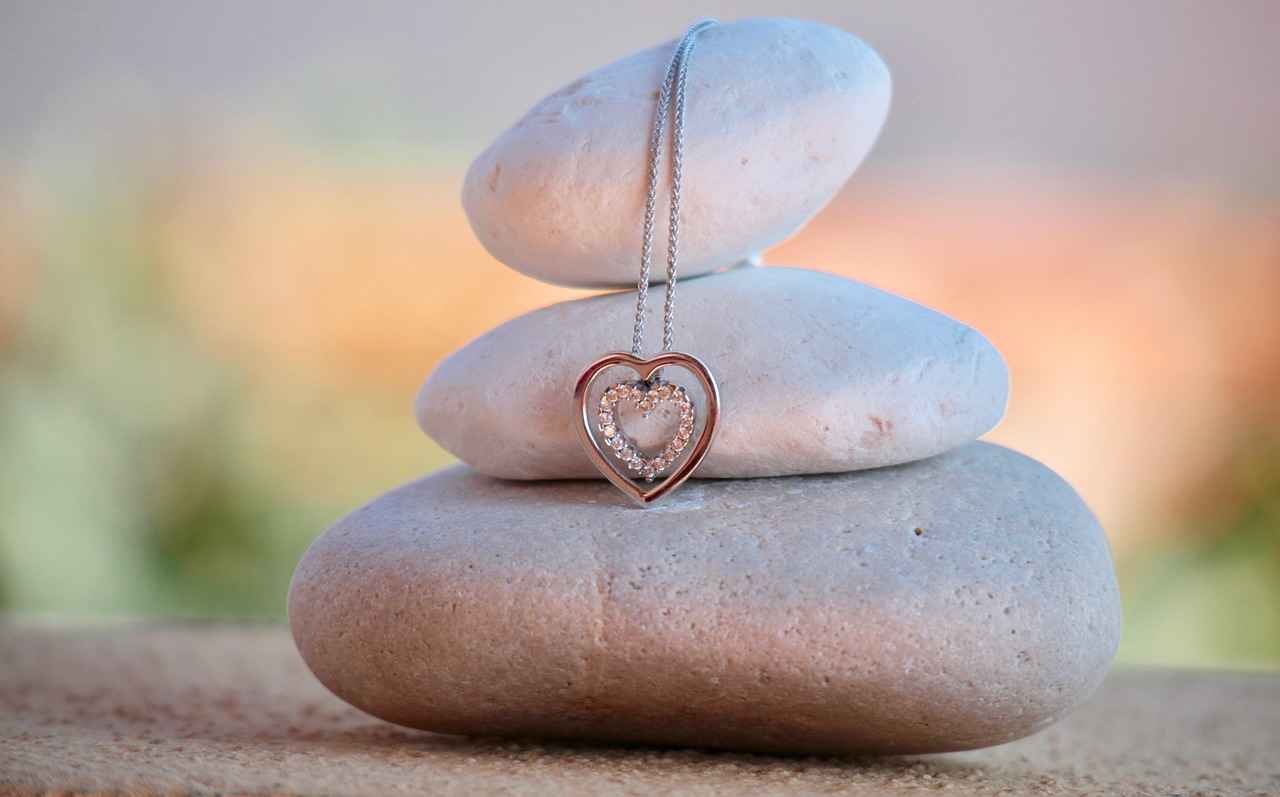
What Are the Environmental Benefits?
As the fashion industry increasingly embraces sustainability, recycled jewelry has emerged as a leading trend. This article delves into the significant environmental benefits associated with recycled gold and silver jewelry, emphasizing how these choices can contribute to a healthier planet.
Recycled jewelry significantly lowers carbon emissions and energy consumption compared to traditional mined metals. The extraction of precious metals through mining is not only resource-intensive but also leads to substantial environmental degradation. In contrast, utilizing reclaimed metals mitigates these impacts. Here are some key benefits:
- Reduced Carbon Footprint: Mining operations release large quantities of greenhouse gases. By opting for recycled materials, consumers can help decrease the overall carbon footprint associated with jewelry production.
- Conservation of Natural Resources: Recycling precious metals means less demand for new mining. This practice conserves vital resources and helps preserve ecosystems that would otherwise be disrupted by mining activities.
- Lower Energy Consumption: The energy required to recycle metals is significantly less than that needed for mining and refining new metals. This reduction in energy use translates into fewer fossil fuel emissions and a lesser strain on energy resources.
- Waste Reduction: By using existing materials, recycled jewelry contributes to waste reduction. This practice not only prevents scrap metals from ending up in landfills but also promotes a circular economy, where materials are reused and repurposed.
- Encouragement of Sustainable Practices: The rise in popularity of recycled jewelry encourages more brands to adopt sustainable practices, leading to a broader shift in the fashion industry towards eco-friendly methods.
Understanding these benefits can motivate consumers to make more eco-friendly choices in their jewelry purchases. By choosing recycled jewelry, individuals can play a part in reducing environmental harm while still enjoying beautiful and unique pieces.
Beyond the immediate environmental benefits, recycled jewelry supports a sustainable lifestyle. It aligns with the growing consumer demand for ethical products and promotes a conscious consumer culture. When individuals choose jewelry made from recycled materials, they are not just making a fashion statement; they are also making a commitment to sustainability.
Many consumers often question if recycled jewelry can match the quality and aesthetic appeal of traditionally mined pieces. The answer is a resounding yes. Advances in recycling technologies ensure that recycled gold and silver retain their quality and value, making them a smart investment for both style and sustainability.
Moreover, as the market for recycled jewelry expands, more designers are creating stunning collections that cater to diverse tastes. This variety ensures that consumers do not have to compromise on style while making environmentally conscious choices.
In summary, the environmental benefits of recycled jewelry are profound. By significantly lowering carbon emissions, conserving natural resources, and encouraging sustainable practices, recycled jewelry represents a vital step towards a more eco-friendly future. As consumers become more aware of their purchasing choices, the demand for recycled jewelry will likely continue to grow, fostering a more sustainable fashion industry.
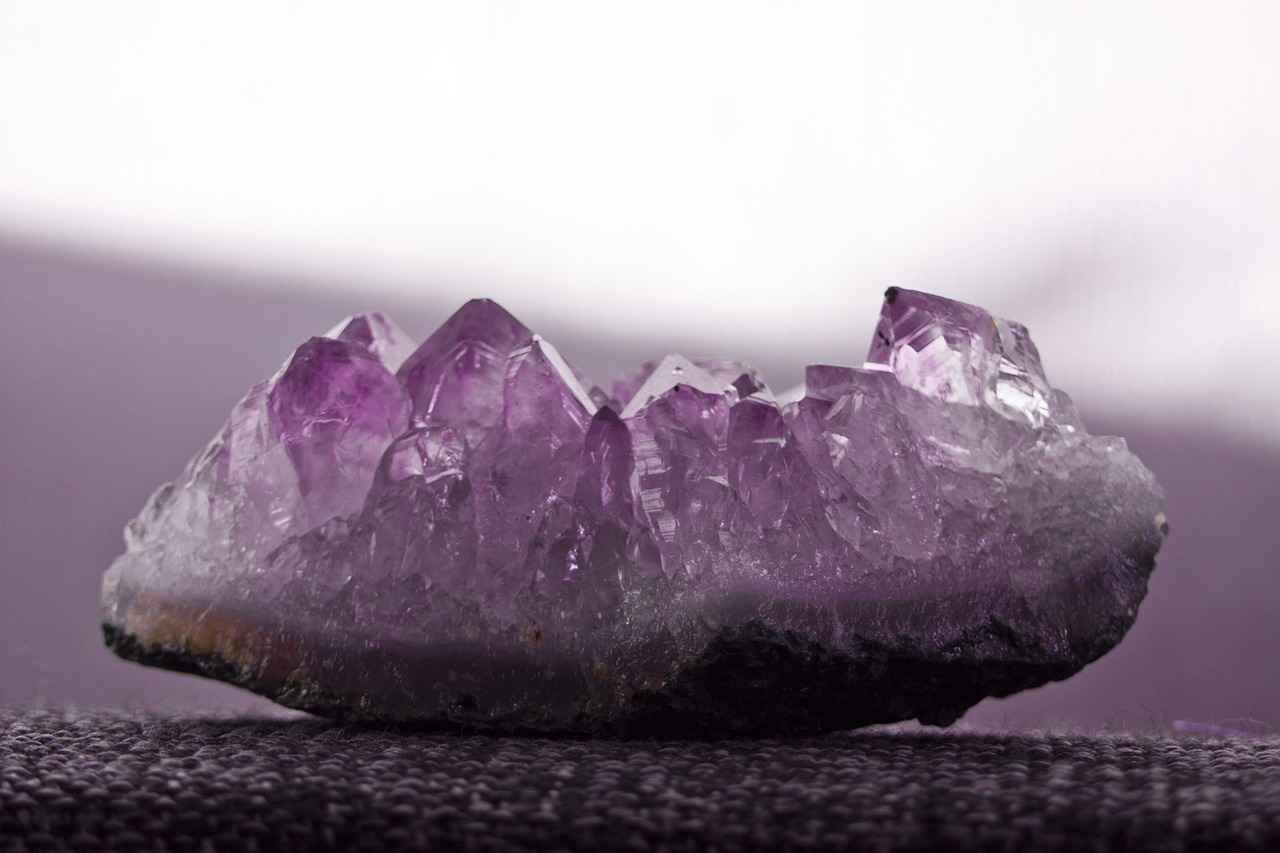
Is Recycled Jewelry as Valuable as Mined Metals?
The question of whether recycled jewelry holds the same value as traditional mined pieces is one that many consumers grapple with. As the demand for sustainable and ethical products rises, understanding the value of recycled materials becomes increasingly important. In this section, we will explore the quality, value, and investment potential of recycled gold and silver jewelry.
When discussing the quality of recycled gold and silver, it is essential to note that these materials are often refined to meet the same standards as newly mined metals. The recycling process involves melting down scrap metals and purifying them, which can effectively restore their original properties. This means that, in most cases, recycled metals can achieve a purity level comparable to newly mined options, such as 14k or 18k gold.
The value of jewelry is influenced by various factors, including craftsmanship, design, and material quality. Recycled jewelry, crafted with the same care and skill as traditional pieces, can command similar prices in the market. Furthermore, as consumers become more environmentally conscious, the demand for recycled jewelry has surged, potentially increasing its value over time.
Investing in recycled jewelry can be a smart choice for those looking to combine aesthetics with ethics. As the market for sustainable products expands, the resale value of recycled pieces may also rise. Unlike traditional jewelry, recycled pieces often come with a story that appeals to buyers, enhancing their desirability.
Consumer perception plays a significant role in the valuation of recycled jewelry. Many buyers are now prioritizing ethical sourcing and environmental impact over traditional luxury markers. This shift in mindset has led to a growing appreciation for recycled jewelry, making it a viable alternative to mined pieces.
Industry experts emphasize that the value of recycled jewelry is not solely based on the metals used but also on the design and craftsmanship involved. As more designers embrace recycled materials, the artistic value of these pieces is becoming increasingly recognized. Recycled jewelry is not just a trend; it represents a movement towards a more sustainable future in fashion.
In summary, recycled jewelry is often comparable in quality and value to traditional mined pieces. With the additional benefits of ethical sourcing and environmental conservation, it presents a compelling option for consumers. As the market continues to evolve, recycled jewelry is poised to become a significant player in the jewelry industry, appealing to both conscious consumers and investors alike.
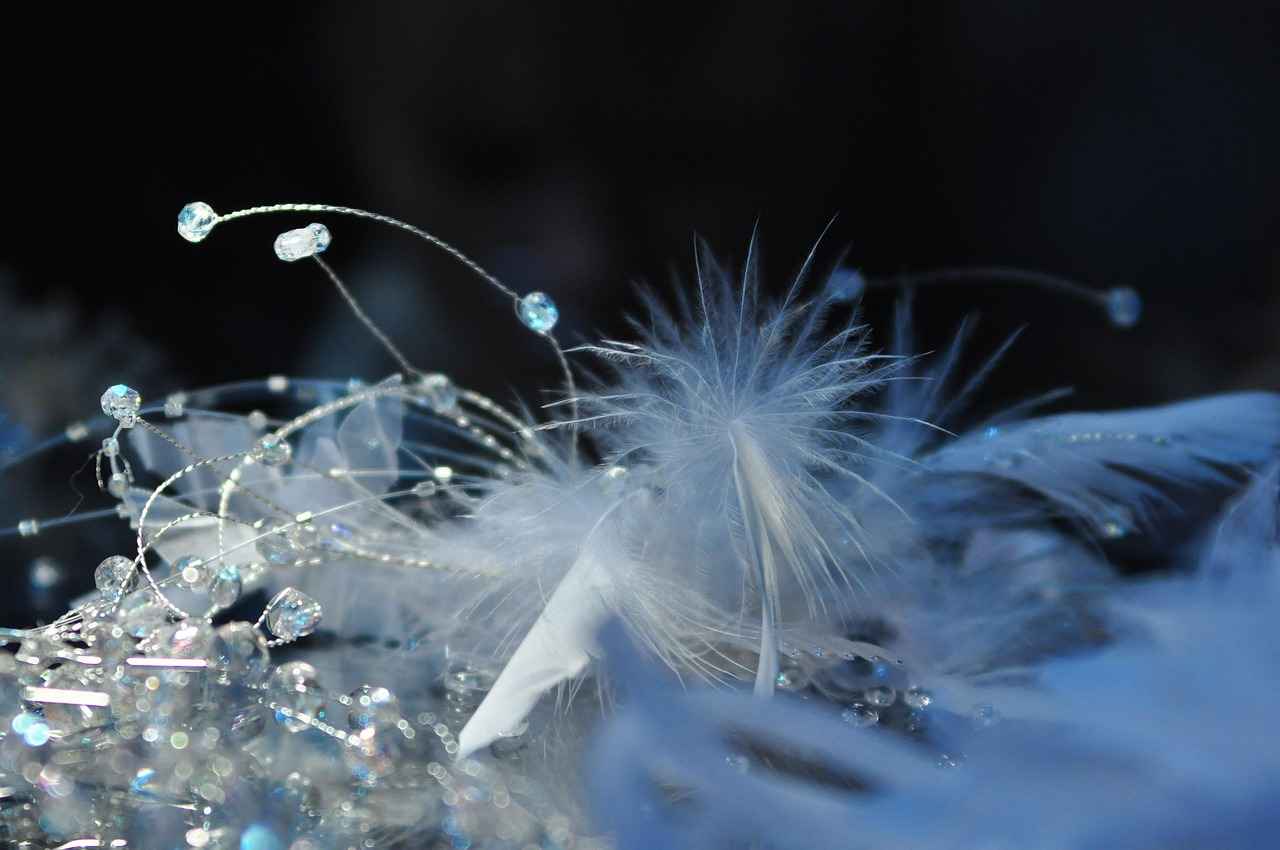
Who Are the Leading Brands in Recycled Jewelry?
The world of jewelry is evolving, and as consumers become increasingly aware of the environmental impact of their purchases, the demand for sustainable options has surged. Recycled jewelry, particularly those crafted from reclaimed gold and silver, is at the forefront of this movement. But who are the brands leading the way in this innovative sector?
Several brands are pioneering the recycled jewelry movement, providing stylish and sustainable options that resonate with eco-conscious consumers. These brands not only emphasize the use of reclaimed materials but also promote ethical practices throughout their production processes. Here are some notable names:
- Brilliant Earth: Known for its commitment to sustainability, Brilliant Earth offers a wide range of recycled gold and silver jewelry. Their pieces are not only beautiful but also ethically sourced, ensuring that consumers can wear them with pride.
- Alex and Ani: This brand has made a name for itself with its eco-friendly approach. Alex and Ani’s jewelry is crafted from recycled materials, and they actively support charitable causes, making their pieces both meaningful and responsible.
- Catbird: Based in Brooklyn, Catbird specializes in handmade jewelry using recycled gold and ethically sourced gemstones. Their commitment to sustainability extends to their packaging and production methods, making them a favorite among eco-conscious shoppers.
- Goldie: This brand focuses on creating unique pieces from recycled metals. Goldie not only prioritizes sustainability but also encourages customers to engage in the recycling process by offering a buy-back program for old jewelry.
- Mejuri: Mejuri is known for its fine jewelry that is both affordable and sustainable. They use recycled gold and silver in their designs, ensuring that luxury can be aligned with ethical practices.
These brands represent just a fraction of the growing market for recycled jewelry. By choosing to support them, consumers can make a positive impact on the environment while still enjoying beautiful and stylish accessories.
Supporting brands that focus on recycled materials helps foster a circular economy. This approach not only reduces waste but also conserves natural resources. By investing in recycled jewelry, consumers are actively participating in a movement that prioritizes sustainability and ethical production.
Moreover, many of these brands are transparent about their sourcing and production processes. This transparency builds trust with consumers, allowing them to make informed choices that align with their values. In a world where fast fashion and disposable culture dominate, supporting recycled jewelry brands is a step towards a more sustainable future.
As the recycled jewelry movement continues to grow, it is essential for consumers to seek out brands that prioritize sustainability and ethical practices. By doing so, they not only enhance their personal style but also contribute to a larger cause that benefits the planet.
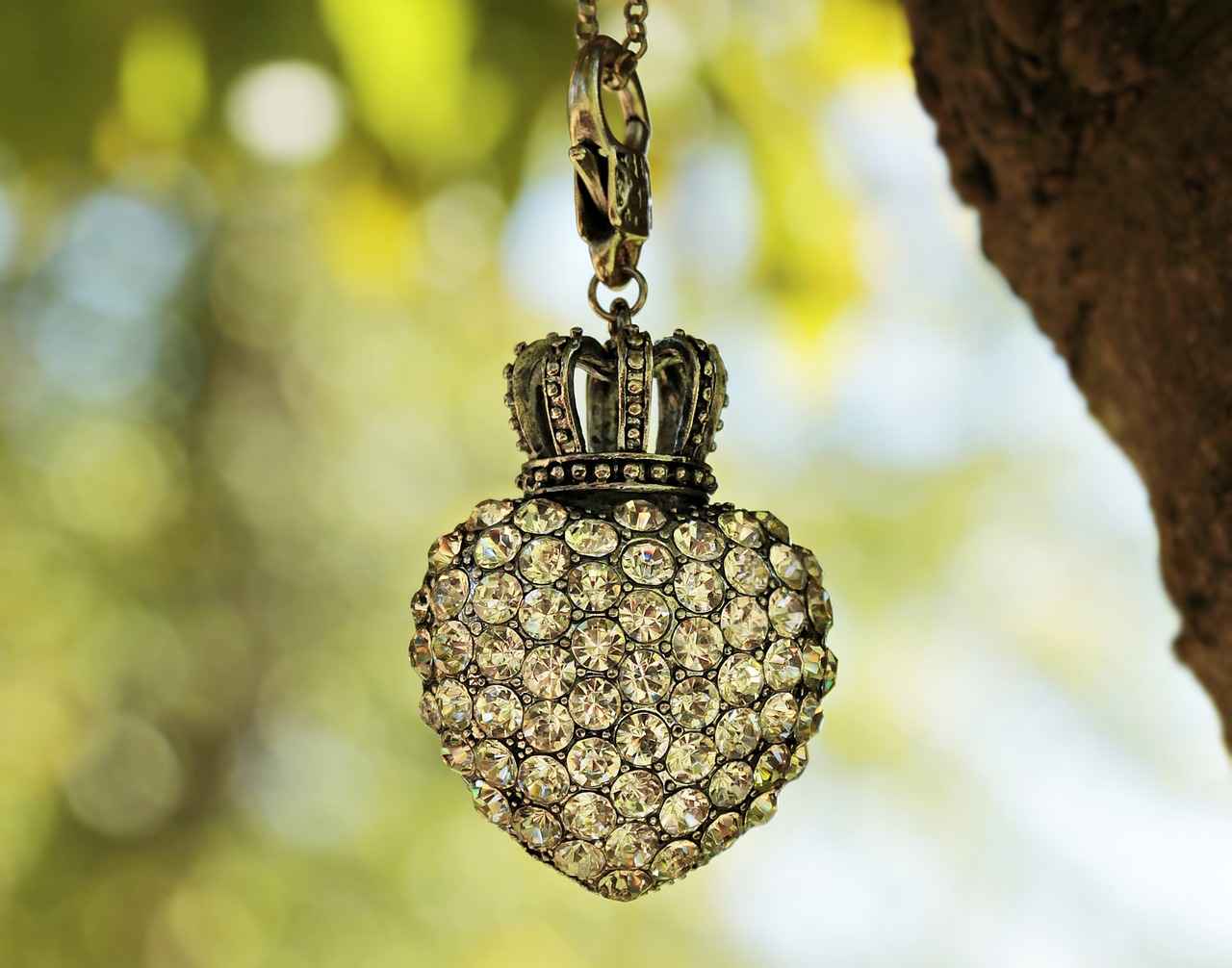
How to Care for Recycled Jewelry?
Caring for recycled jewelry is essential for maintaining its beauty and longevity. These eco-friendly pieces, made from reclaimed metals, deserve special attention to preserve their quality and ensure they last for years to come. Proper cleaning and storage practices can significantly enhance the lifespan of recycled jewelry, allowing wearers to enjoy their unique pieces without compromising their integrity.
Recycled jewelry, while stunning and sustainable, can be susceptible to tarnishing and damage if not cared for properly. The environmental benefits of using recycled materials come with the responsibility of maintaining these items. Regular care not only keeps the jewelry looking its best but also helps to uphold the values of sustainability and ethical consumption that come with choosing recycled pieces.
- Gentle Cleaning Solutions: Use a mild soap mixed with warm water to clean your recycled jewelry. Avoid harsh chemicals, as they can damage the metal and any stones.
- Soft Cloths: Always use a soft, lint-free cloth to gently wipe down your jewelry after wearing it. This helps remove oils and dirt that can accumulate over time.
- Ultrasonic Cleaners: If your jewelry has intricate designs or gemstones, consider using an ultrasonic cleaner designed for delicate items, but check with your jeweler first.
Proper storage is just as crucial as cleaning when it comes to caring for recycled jewelry. Here are some effective storage tips:
- Individual Pouches: Store each piece in its own soft pouch to prevent scratches and tangling. Velvet or cotton pouches work well.
- Jewelry Boxes: Use a dedicated jewelry box with compartments to keep items organized and protected from dust and damage.
- Avoid Humidity: Keep your jewelry in a dry place, as humidity can lead to tarnishing. Consider using silica gel packets in your storage area to absorb moisture.
Sometimes, your recycled jewelry may need professional care. If you notice significant tarnishing, loose stones, or structural issues, it’s best to consult a jeweler who specializes in recycled pieces. They can provide expert cleaning and repairs, ensuring your jewelry remains in excellent condition.
- Avoid Wearing in Water: Remove your jewelry before swimming, showering, or exercising to prevent exposure to water and chemicals.
- Skip the Perfume: Apply perfume or lotions before putting on your jewelry to avoid chemical reactions that can cause tarnishing.
- Don’t Use Abrasive Materials: Avoid using rough sponges or abrasive cleaners that can scratch the surface of your jewelry.
By following these care tips, you can ensure that your recycled jewelry remains beautiful and durable. Not only will this enhance your personal style, but it will also reflect your commitment to sustainability and ethical fashion. Remember, each piece tells a story, and with the right care, you can keep that story alive for generations.
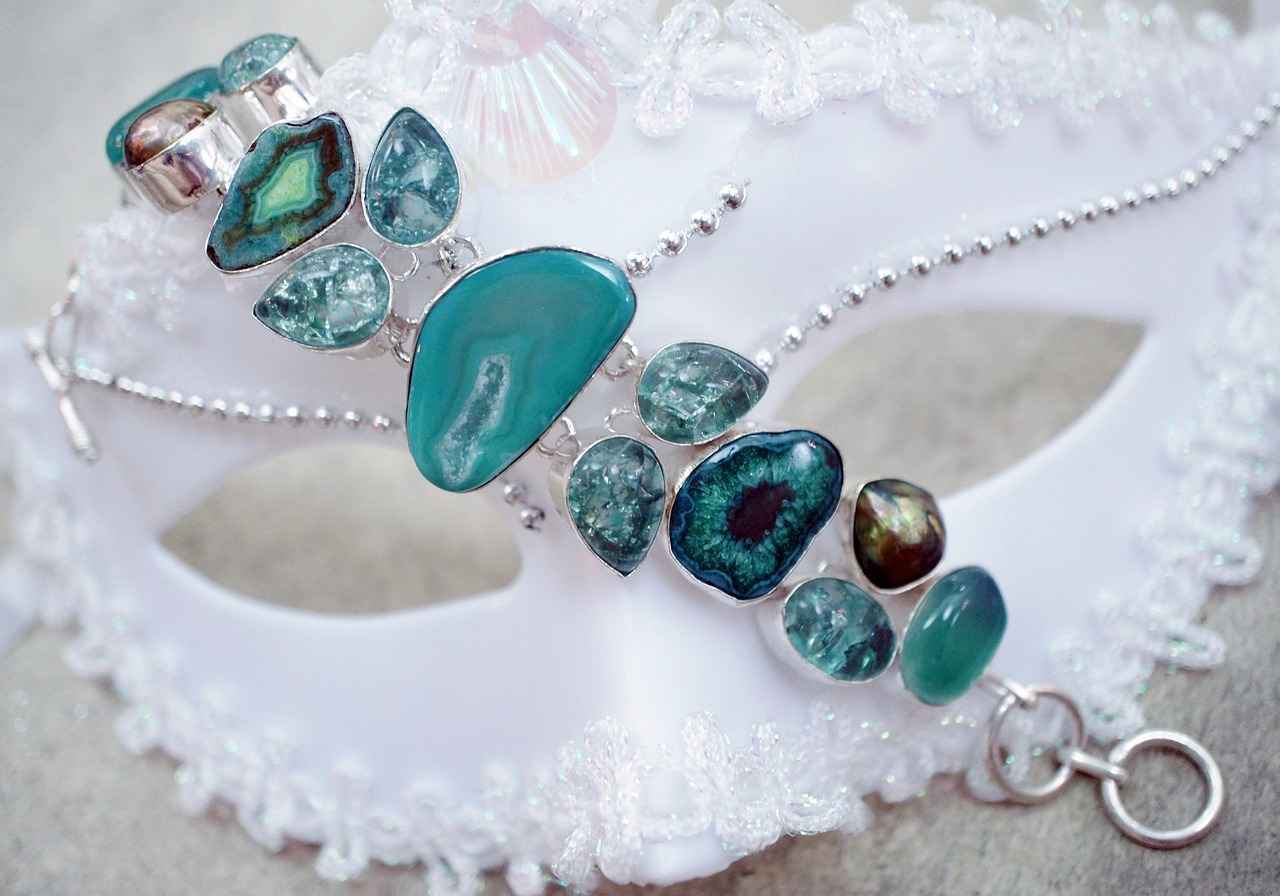
What Styles Are Popular in Recycled Jewelry?
Recycled jewelry has gained significant traction in the fashion industry, offering consumers a unique blend of style and sustainability. As the demand for eco-friendly options continues to rise, understanding the popular styles in recycled jewelry can help individuals express their personal aesthetics while making responsible choices.
Recycled jewelry showcases a diverse range of styles, catering to various tastes and preferences. Here are some of the most sought-after styles:
- Minimalist Designs: These pieces focus on simplicity and elegance. Often characterized by clean lines and understated aesthetics, minimalist recycled jewelry appeals to those who prefer a subtle yet chic look. Silver or gold rings with delicate bands or simple geometric earrings are great examples.
- Artisan Craftsmanship: Many recycled jewelry pieces are handcrafted by artisans, showcasing unique designs that reflect individual creativity. These intricate pieces often incorporate various materials, such as reclaimed wood or ethically sourced gemstones, adding to their charm and appeal.
- Statement Pieces: For those who love to make a bold impression, statement jewelry made from recycled materials can be a perfect choice. Chunky necklaces or oversized earrings made from repurposed metals and stones can serve as conversation starters while promoting sustainability.
- Vintage-Inspired Styles: Vintage and retro designs have made a comeback in the recycled jewelry scene. Pieces that mimic the styles of past decades not only evoke nostalgia but also emphasize the importance of reusing materials. From art deco rings to bohemian-inspired pendants, these styles resonate with many consumers.
- Nature-Inspired Designs: Many jewelers draw inspiration from nature when creating recycled jewelry. Floral motifs, leaf shapes, and organic textures are commonly found in these pieces, appealing to eco-conscious consumers who appreciate the beauty of the natural world.
- Personalized Jewelry: Customizable pieces, such as engraved bracelets or initial pendants, are increasingly popular. These items allow individuals to express their identity while supporting sustainable practices, making them meaningful gifts for loved ones.
Understanding these popular styles not only helps consumers make informed choices but also encourages them to embrace jewelry that aligns with their values. By selecting recycled jewelry, individuals can showcase their unique style while contributing to a more sustainable future.
As the market for recycled jewelry continues to grow, consumers are encouraged to explore various designs and find pieces that resonate with their personal style. Whether opting for a minimalist ring or a bold statement necklace, choosing recycled jewelry means making a conscious decision to support the planet.
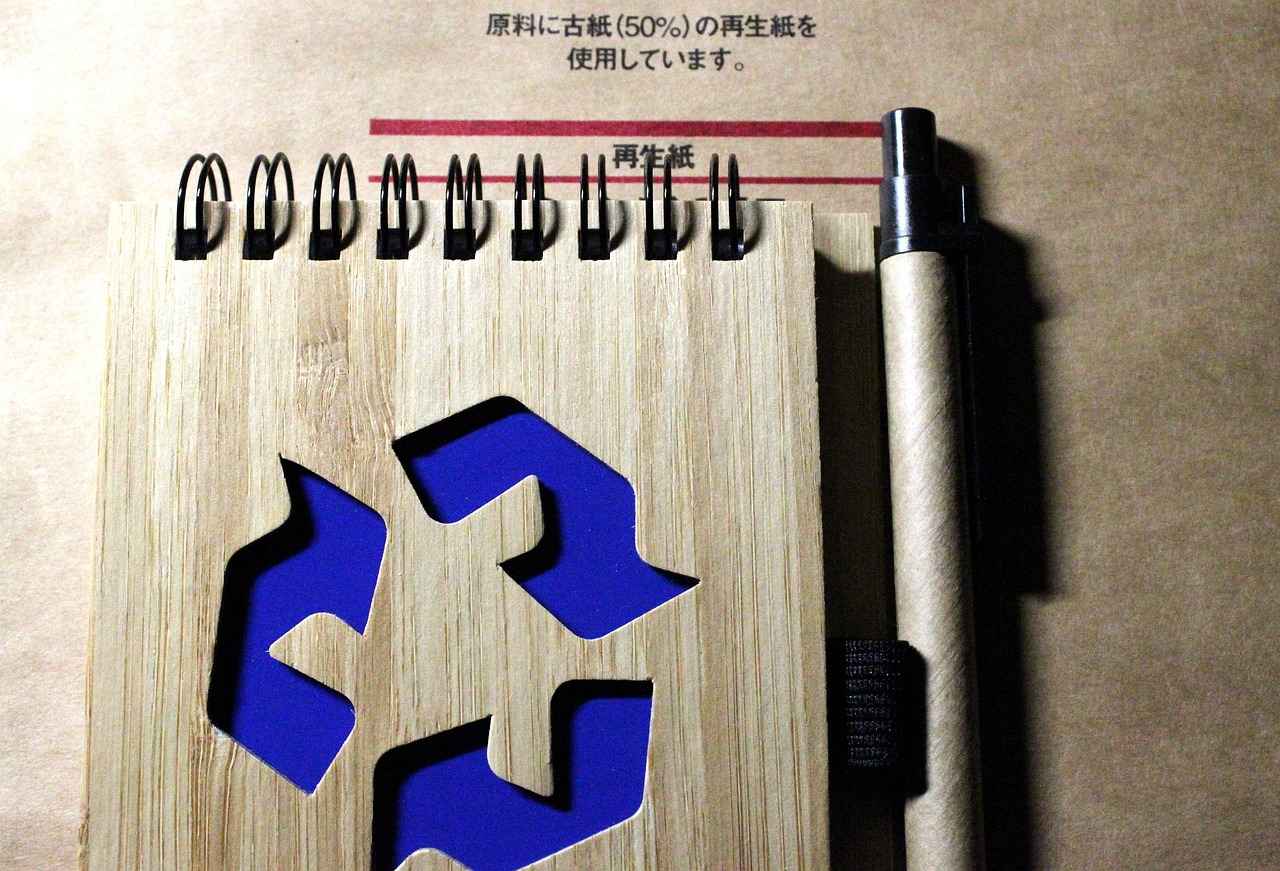
How to Spot Authentic Recycled Jewelry?
When it comes to purchasing recycled jewelry, the challenge of ensuring authenticity can be daunting. With the rising trend of sustainable fashion, many consumers are eager to support eco-friendly practices, but distinguishing genuine recycled pieces from imitations requires a keen eye and informed approach. Here are several key factors to consider when looking to spot authentic recycled jewelry.
- Check for Certifications: Reputable brands often provide certifications that confirm the authenticity of their recycled materials. Look for third-party certifications such as Fair Trade, Responsible Jewelry Council, or specific eco-labels that indicate the jewelry meets certain environmental and ethical standards.
- Brand Transparency: A trustworthy brand will be transparent about its sourcing practices. Investigate the brand’s history and mission. Brands that openly share information about their recycling processes and the origins of their materials are more likely to offer genuine recycled jewelry.
- Detailed Descriptions: Pay attention to product descriptions. Authentic recycled jewelry should include detailed information about the materials used, including the percentage of recycled content. Look for phrases like “made from 100% recycled metal” or “crafted from reclaimed materials”.
- Look for Unique Designs: Recycled jewelry often features unique designs that reflect the creative process of repurposing materials. If the piece appears overly mass-produced or lacks distinctive characteristics, it may not be genuinely recycled.
- Ask Questions: Don’t hesitate to reach out to the seller or brand with questions about their recycled materials. A reputable seller will be happy to provide information and answer any queries regarding their sustainability practices.
- Research the Brand’s Reputation: Look for customer reviews and testimonials. A brand with a solid reputation for sustainability and quality will often have positive feedback from previous customers. Social media platforms can also provide insights into customer experiences.
- Price Point: While recycled jewelry can be competitively priced, be cautious of deals that seem too good to be true. Authentic recycled pieces may be slightly more expensive due to the quality of materials and craftsmanship involved.
By considering these factors, you can make informed decisions when purchasing recycled jewelry. Supporting brands that prioritize sustainability not only contributes to environmental conservation but also promotes ethical practices within the jewelry industry. As the demand for eco-friendly products continues to grow, being knowledgeable about how to identify authentic recycled jewelry will empower you to make choices that align with your values.
In conclusion, spotting authentic recycled jewelry involves a combination of research, attention to detail, and a commitment to sustainability. By following these guidelines, you can confidently invest in pieces that not only enhance your style but also contribute positively to the planet.
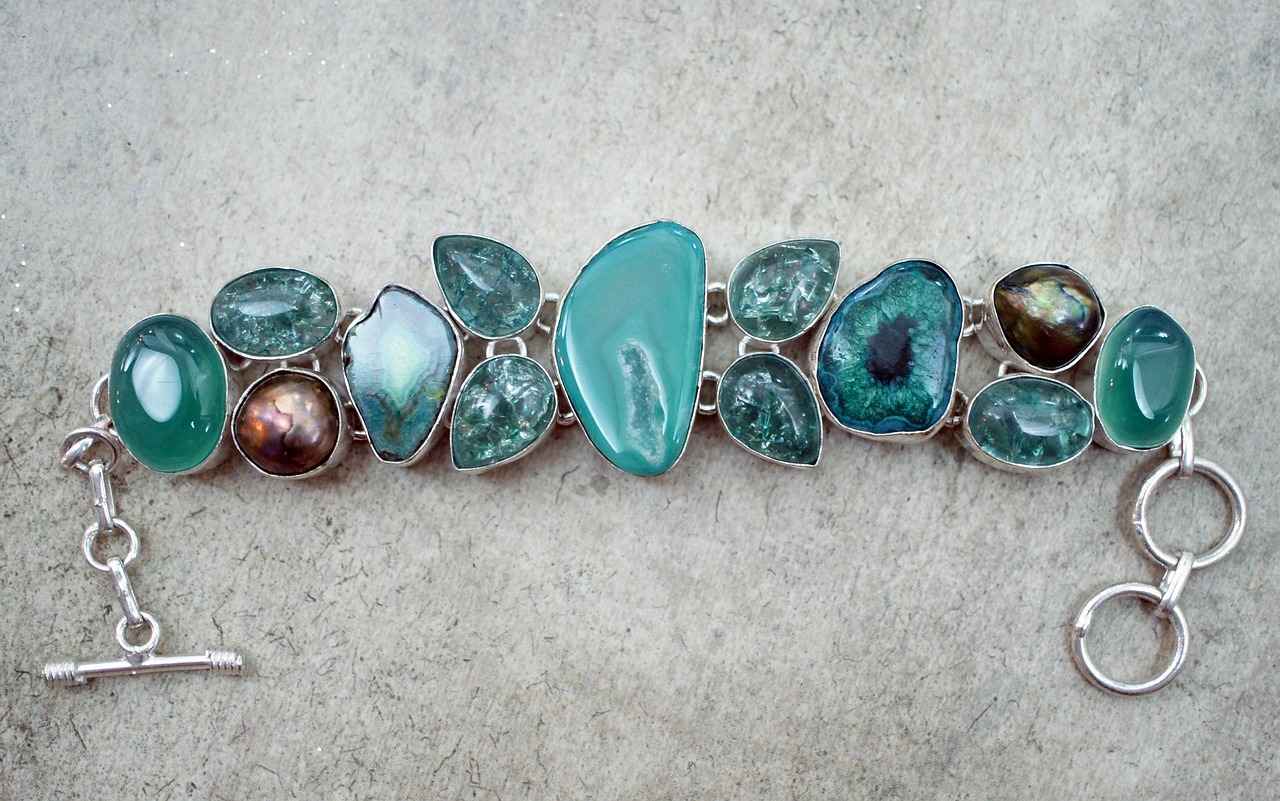
What is the Future of Recycled Jewelry?
The future of recycled jewelry is set to flourish as the demand for sustainable products continues to rise. As consumers become more environmentally conscious, the jewelry industry is adapting to meet this shift in preference. Innovations in recycling processes, design, and consumer education will play pivotal roles in shaping the future of this green fashion trend.
One of the most significant innovations is the development of advanced recycling techniques. These processes allow jewelers to recover precious metals from electronic waste and other sources, significantly increasing the supply of recycled materials. This not only reduces the environmental impact associated with mining but also enhances the quality of the end product.
As awareness around sustainability grows, consumers are increasingly seeking out jewelry that reflects their values. This shift is prompting brands to focus on transparency and ethical sourcing. Companies that can effectively communicate their sustainability practices will likely gain a competitive edge in the market.
Designers are at the forefront of the recycled jewelry movement, creating pieces that are not only sustainable but also fashion-forward. By incorporating unique designs and innovative materials, they can appeal to a broader audience. The trend towards personalization and bespoke jewelry also means that recycled materials can be crafted into one-of-a-kind pieces, enhancing their desirability.
Technological advancements are revolutionizing the way recycled jewelry is produced. From 3D printing to AI-driven design software, these tools enable more efficient production processes. Furthermore, technology can help in tracking the provenance of recycled materials, ensuring that consumers can trust the sustainability claims made by brands.
The economic landscape for recycled jewelry is also evolving. As the market for sustainable products expands, more businesses are entering the space, creating jobs and stimulating local economies. Additionally, recycled jewelry often comes at a lower price point than newly mined alternatives, making sustainable options accessible to a wider range of consumers.
As governments and organizations push for stricter environmental regulations, the jewelry industry will need to adapt. Compliance with these regulations will not only be essential for legal reasons but will also enhance brand reputation. Companies that proactively embrace sustainability will likely thrive in an increasingly eco-conscious market.
Despite the promising future, the recycled jewelry sector faces challenges. One significant hurdle is consumer skepticism regarding the authenticity and quality of recycled materials. To overcome this, brands must invest in education and transparency, providing consumers with the information they need to make informed decisions.
Consumers play a vital role in promoting the future of recycled jewelry. By choosing to purchase pieces made from recycled materials, individuals can support sustainable practices and encourage brands to prioritize eco-friendly methods. Additionally, sharing knowledge about the benefits of recycled jewelry can help raise awareness and drive demand.
In conclusion, the future of recycled jewelry is bright, driven by innovation, consumer demand, and a commitment to sustainability. As the industry evolves, it will continue to offer beautiful, ethical, and environmentally friendly alternatives to traditional jewelry.
Frequently Asked Questions
- What is the main advantage of recycled gold and silver jewelry?
The primary advantage of recycled gold and silver jewelry is its positive impact on the environment. By using reclaimed metals, it significantly reduces the need for new mining, conserving natural resources and minimizing ecological damage.
- How can I ensure that the jewelry I buy is truly recycled?
To ensure authenticity, look for certifications from reputable organizations, check for brand transparency, and read detailed product descriptions. This will help you confirm that the jewelry supports genuine sustainable practices.
- Is recycled jewelry durable and of high quality?
Absolutely! Recycled gold and silver jewelry is crafted using refined materials, making it comparable in quality and durability to traditionally mined pieces. You can enjoy beautiful, long-lasting designs without compromising on sustainability.
- What styles can I find in recycled jewelry?
Recycled jewelry comes in a vast array of styles, from simple minimalist designs to elaborate artisan pieces. This variety ensures that there’s something for everyone, allowing you to express your personal style while being eco-conscious.
- Will recycled jewelry hold its value over time?
Yes! Recycled gold and silver generally hold comparable value to mined metals. Investing in recycled jewelry not only supports sustainable practices but can also be a smart financial choice.

